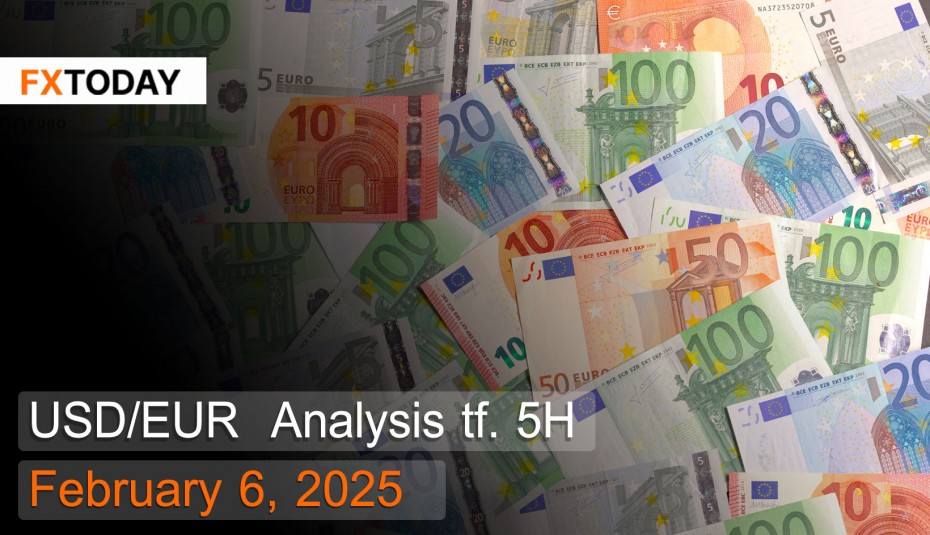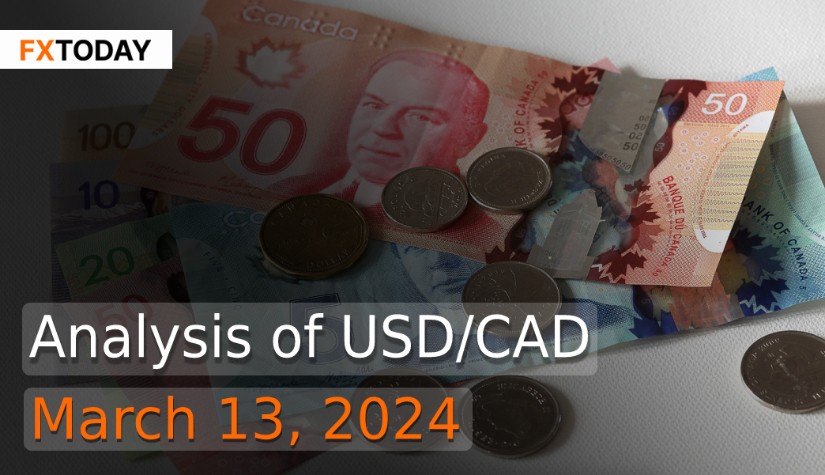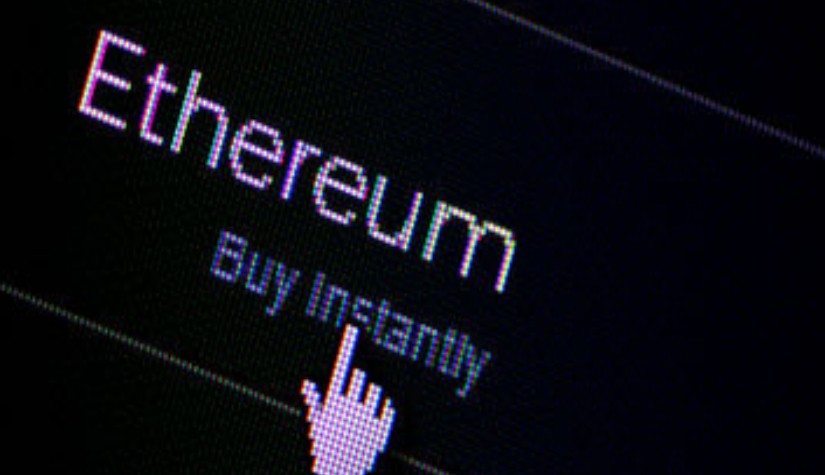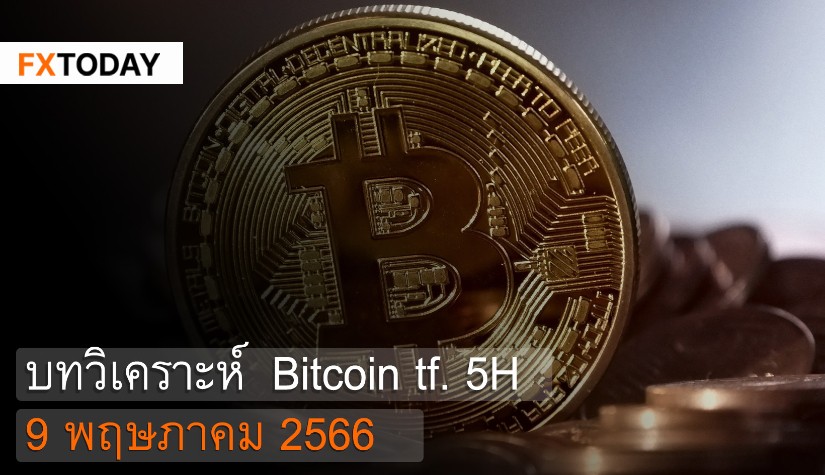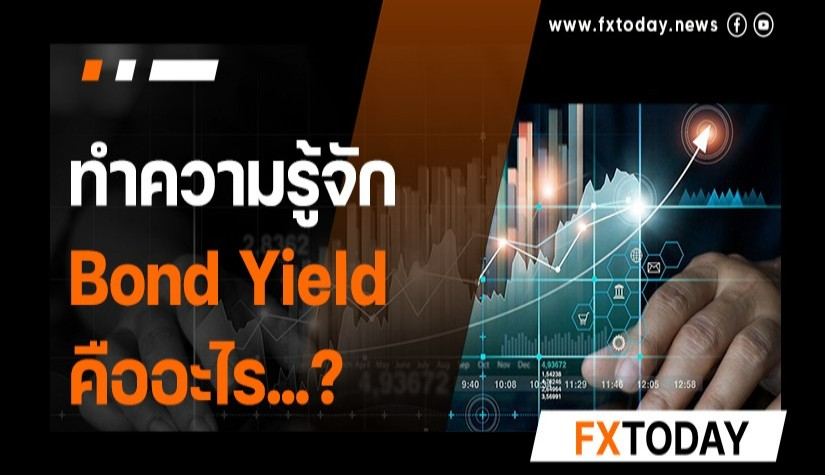The European Central Bank is likely to adopt a more accommodative monetary policy.
The euro has been strengthening continuously as the U.S. dollar has weakened in recent times. This is due to investor reactions to the potential economic impact of President Trump’s trade tariff measures. The tariff hikes have raised concerns about global economic growth. Meanwhile, China has retaliated against U.S. tariffs by imposing duties of 10-15% on various U.S. goods, intensifying tensions between the world's two largest economies. At the same time, economic activity in the Eurozone has shown signs of improvement after contracting for two consecutive months. Additionally, the European Central Bank (ECB) has indicated that it may cut interest rates again in March and has expressed concerns that U.S. tariff measures could exert further deflationary pressures.
The Eurozone services PMI stood at 51.3 in January, slightly down from 51.6 in December. The latest figure indicates modest expansion in the services sector, driven by new orders rising for the second consecutive month, supported by domestic demand. Employment growth accelerated compared to late 2024, while backlogs of work declined at a faster rate. On the price front, input costs rose at the fastest pace in nine months, while selling price inflation remained at its highest level since May 2024. Meanwhile, business confidence remained positive, though slightly weaker than the previous month.
The Eurozone manufacturing PMI edged up slightly to 46.6 in January. Although the figure still indicates a contraction in the manufacturing sector, production output and new orders have started to show signs of slight improvement. However, employment continues to decline as companies seek to control production costs more tightly. Meanwhile, product prices have not risen significantly compared to higher production costs, as companies opt not to pass on the higher costs to consumers.
Eurozone inflation rose slightly to 2.5% year-on-year in January, up from 2.4% in December, mainly driven by a sharp increase in energy costs of more than 1.8%. Inflation for other industrial goods, excluding energy, remained stable at 0.5%. However, most inflationary pressure continued to come from the services sector, with food prices rising by more than 2.3%. Core inflation, which excludes volatile food and energy prices, remained at 2.7% for the fifth consecutive month.
The European Central Bank cut interest rates by 25 basis points in January, in line with market expectations. It lowered the deposit rate to 2.75%, the refinancing rate to 2.90%, and the minimum lending rate (MRR) to 3.15%. This adjustment reflects the ECB’s inflation outlook, which may decline in the future, despite the recent increase in domestic inflation driven by wage hikes aimed at attracting experienced workers. However, corporate profits may decline slightly due to some inflationary pressures. Nevertheless, the ECB’s rate cut is expected to gradually ease borrowing costs for businesses and households.
Techical analysis data (5H)
Resistance: 0.9659, 0.9668, 0.9678
Source: Investing.com
Buy/Long 1: If the price touches support in the price range of 0.963 - 0.964 but cannot break the support at 0.964, you may set a TP at approximately 0.9668 and SL at around 0.962 or according to your acceptable risk.
Buy/Long 2: If the price breaks the resistance in the price range of 0.9659 - 0.9668, you may set a TP at approximately 0.9678 and SL at around 0.963 or according to your acceptable risk.
Sell/Short 1: If the price touches resistance in the price range of 0.9659 - 0.9668 but cannot break the resistance at 0.9659, you may set a TP at approximately 0.963 and SL at around 0.9678 or according to your acceptable risk.
Sell/Short 2: If the price breaks the support in the price range of 0.963 - 0.964, you may set a TP at approximately 0.962 and SL at around 0.9668 or according to your acceptable risk.
Pivot point February 6, 2025 10:33 PM. GMT+7
|
Name
|
S3
|
S2
|
S1
|
Pivot Points
|
R1
|
R2
|
R3
|
|---|---|---|---|---|---|---|---|
| Classic | 0.962 | 0.963 | 0.964 | 0.9649 | 0.9659 | 0.9668 | 0.9678 |
| Fibonacci | 0.963 | 0.9637 | 0.9642 | 0.9649 | 0.9656 | 0.9661 | 0.9668 |
| Camarilla | 0.9645 | 0.9647 | 0.9649 | 0.9649 | 0.9652 | 0.9654 | 0.9656 |
| Woodie's | 0.9678 | 0.9631 | 0.9642 | 0.965 | 0.9661 | 0.9669 | 0.968 |
| DeMark's | - | - | 0.9635 | 0.9647 | 0.9654 | - | - |

